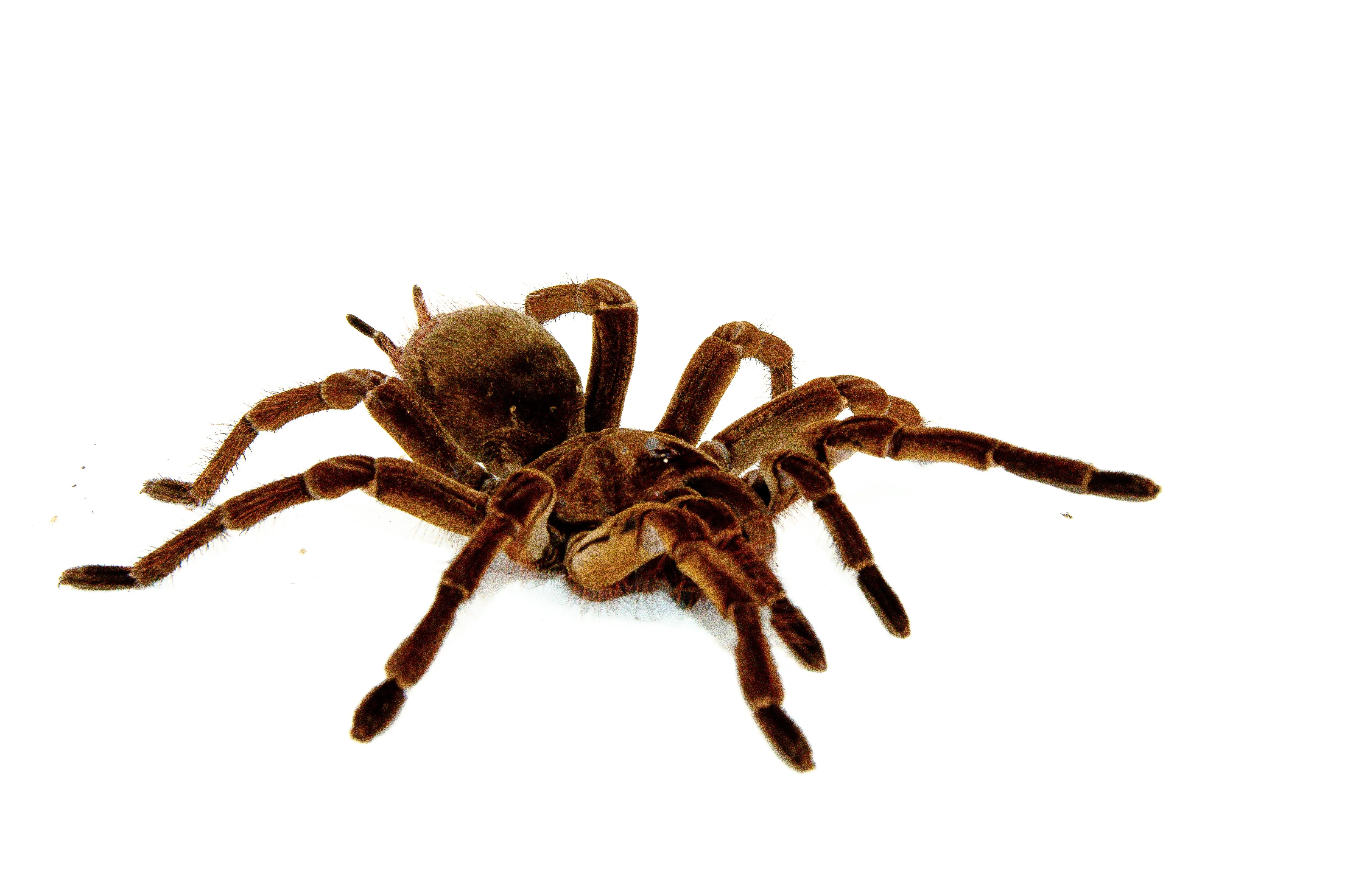What is a Goliath Birdeater Tarantula (and Why Feed It?)
The Goliath Birdeater tarantula (Theraphosa blondi) is the largest spider in the world, a truly impressive creature that can spark both fascination and trepidation. Native to the rainforests of northern South America, these spiders are popular pets among experienced arachnid keepers. However, their size and specific needs demand a dedicated approach to care, with feeding being a critical aspect of their well-being. Understanding why we feed these fascinating creatures is the first step to ensuring their health and longevity. These spiders, like all living beings, require sustenance to fuel their activities, grow, and molt. Proper feeding provides the necessary nutrients for the spider to thrive in captivity. A well-fed Goliath Birdeater is a healthy Goliath Birdeater, displaying vibrant colors, robust size, and the energy to live a long and fulfilling life.
Understanding the Goliath Birdeater’s Dietary Needs
The Goliath Birdeater is a voracious predator, designed by nature to consume a variety of prey. Their dietary needs in captivity are relatively straightforward but must be met to ensure optimal health. These tarantulas are opportunistic feeders, meaning they will eat almost anything they can overpower. However, it’s crucial to understand that their diet should mimic their natural feeding habits as closely as possible. This involves providing a diverse range of food items that offer the necessary proteins, fats, and other essential nutrients. The size and age of the tarantula also greatly influence their dietary needs, as juveniles require smaller, more frequent meals, while adults can manage larger, less frequent ones. Carefully considering these factors is crucial to providing the correct nutrition.
Natural Diet of the Goliath Birdeater Tarantula
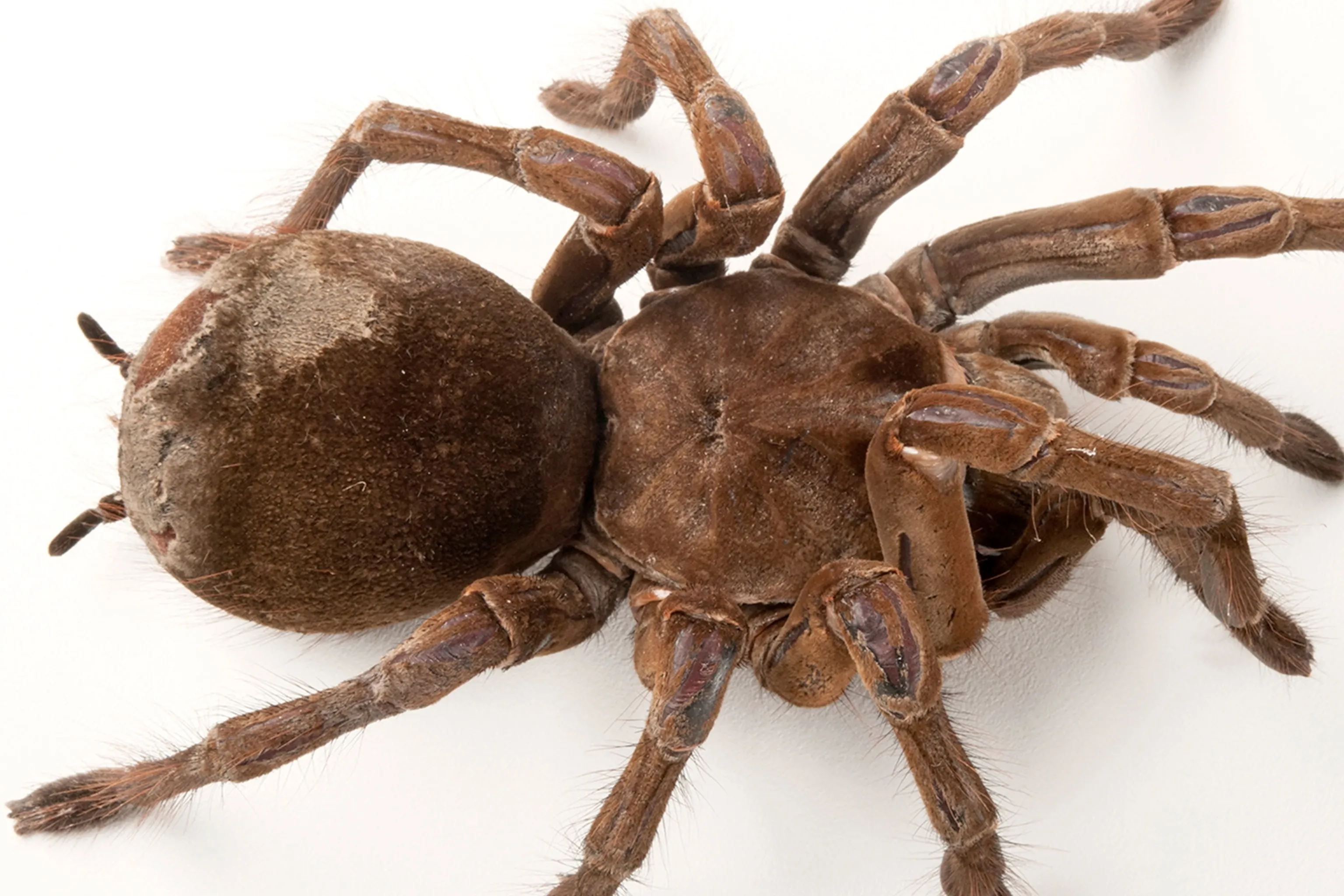
In their natural habitat, the Goliath Birdeater is an apex predator, and its diet is quite diverse. While they are known to occasionally consume small birds, as their name suggests, this is not the primary component of their diet. They primarily feed on insects, such as beetles, crickets, and other invertebrates, as well as small vertebrates including lizards, frogs, and even small snakes. They are ambush predators, patiently waiting in their burrows or under cover for unsuspecting prey to wander close. When a meal presents itself, the Goliath Birdeater swiftly pounces, using its large fangs to inject venom that immobilizes and begins to digest the prey. Understanding their natural diet helps us replicate their needs in captivity and offer the best possible care.
Captive Diet: What to Feed Your Goliath Birdeater
Replicating the natural diet of a Goliath Birdeater in captivity is key to its health. The primary components of a captive diet should be live insects. Crickets and cockroaches are readily available, relatively easy to breed, and provide a good source of protein. Other options include mealworms and superworms, although these should be used in moderation due to their higher fat content. Supplementing the insect diet with small vertebrates is also beneficial. Pinky mice (newborn mice) can be offered to larger adult tarantulas, but only occasionally, perhaps once or twice a month. Always ensure that any prey offered is sourced from a reputable supplier and is free from pesticides or diseases. The goal is to provide a varied and nutritious diet that mirrors the variety found in their natural environment.
Suitable Live Prey Options
Choosing the right live prey is crucial for a healthy Goliath Birdeater. Consider these options: Cricks, are a staple and readily available. Cockroaches, are another excellent choice, as they’re high in protein and relatively easy to breed. Mealworms and superworms, can be offered but in moderation. Pinky mice, can be fed to adults sparingly. Ensure the prey is appropriately sized for the tarantula. The prey should ideally be no larger than the Goliath Birdeater’s body size. Always gut-load the insects (feeding them nutritious food) before offering them to the tarantula, as this will increase their nutritional value. Also, remove any uneaten prey within 24 hours to prevent stress to the tarantula and the potential for the prey to harm the spider during a molt.
Foods to Avoid for Your Tarantula
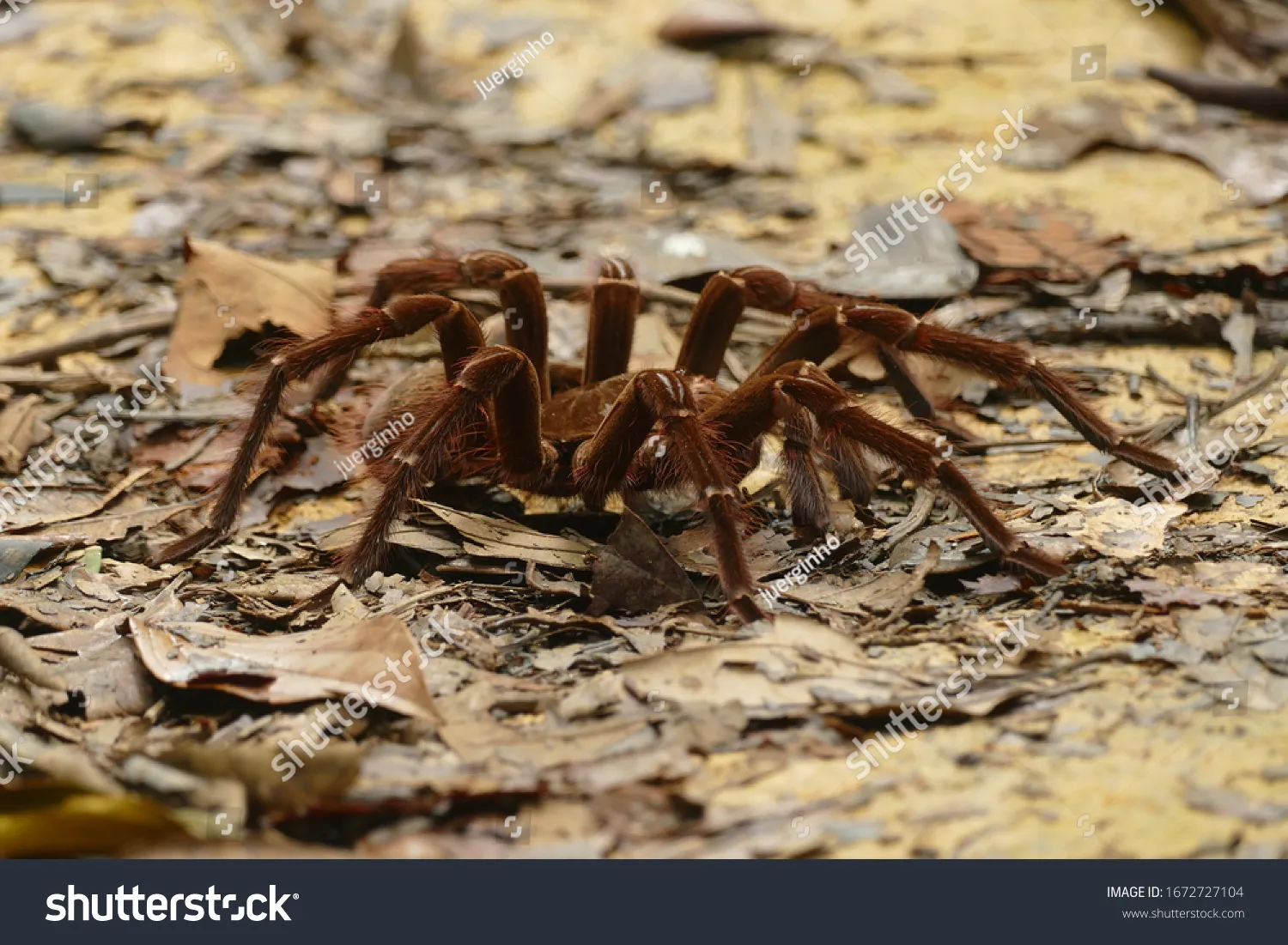
Certain foods should be strictly avoided when feeding a Goliath Birdeater. Avoid using wild-caught insects, as they can carry parasites or pesticides that are harmful to your tarantula. Processed foods or human food are completely unsuitable and can lead to serious health issues. Do not feed the tarantula dead insects. Live prey triggers the tarantula’s hunting instincts. Avoid overfeeding, as this can lead to obesity, which is detrimental to their health and longevity. Always ensure the prey is free from diseases and parasites. Prioritize a diet of high-quality, appropriately sized, and safe prey items for the well-being of your Goliath Birdeater.
How to Prepare Food for Your Goliath Birdeater
Preparing food for your Goliath Birdeater involves several steps. First, ensure the live prey is healthy. Gut-load the insects by feeding them nutritious foods such as vegetables, fruits, and commercial insect food for at least 24 hours before feeding them to the tarantula. This increases the nutritional value of the prey. If you are using pinky mice, ensure they are euthanized humanely before offering them. Once the prey is ready, carefully introduce it into the tarantula’s enclosure. For smaller prey, you can use tongs to place them near the tarantula. For larger prey, you can simply release them into the enclosure, but always observe the tarantula to ensure it is able to capture the prey. Remove uneaten prey within 24 hours to prevent stress.
Feeding Frequency and Portion Sizes
Feeding frequency and portion sizes depend on the tarantula’s age and size. Juvenile Goliath Birdeaters, which are still growing, should be fed more frequently, perhaps two to three times a week. Offer them smaller prey items that are appropriate for their size. As the tarantula grows, you can reduce the feeding frequency to once or twice a week for sub-adults, and once every one to two weeks for adults. Adult Goliath Birdeaters have slower metabolisms and don’t need to eat as often. Portion sizes should be appropriate for the tarantula’s size. The prey should be smaller than the tarantula’s body. Overfeeding can lead to obesity, which negatively impacts health. Monitor your tarantula’s abdomen. It should be a healthy size and not overly bloated.
Feeding a Juvenile Goliath Birdeater
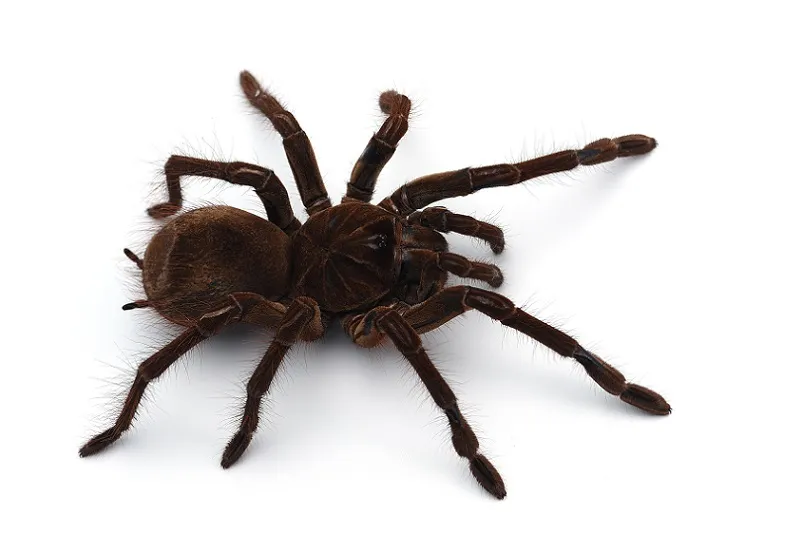
Juvenile Goliath Birdeaters require more frequent feeding to support their rapid growth. Feed juveniles two to three times a week, offering smaller prey items such as small crickets, pinhead crickets, or freshly molted mealworms. The prey should be no larger than the tarantula’s body. Ensure the prey is gut-loaded to provide optimal nutrition. Keep a close eye on the juvenile tarantula’s abdomen. A slightly plump abdomen indicates that the tarantula is well-fed and healthy. However, avoid overfeeding, as this can stress the spider and lead to potential molting issues. Maintaining a consistent feeding schedule and proper portion sizes is essential during the juvenile stage to support healthy growth.
Feeding an Adult Goliath Birdeater
Adult Goliath Birdeaters have different feeding requirements compared to juveniles. Due to their slower metabolisms and slower growth rates, adults should be fed less frequently, typically once every one to two weeks. The prey items offered can be larger, such as adult crickets, cockroaches, or even small pinky mice (in moderation). Observe the tarantula’s behavior. If it refuses food for an extended period, it might be approaching a molt, and you should remove any uneaten prey. Always ensure that the prey is appropriate for the tarantula’s size. Avoid overfeeding, as obesity can be detrimental. Providing proper hydration is essential for adult Goliath Birdeaters. A consistent and appropriate feeding schedule is critical to maintaining their health.
Setting Up the Feeding Environment
The feeding environment is another vital aspect of feeding your Goliath Birdeater. Always feed your tarantula in its enclosure. Remove any uneaten prey after 24 hours to prevent stressing the tarantula or potential injury if the prey is still alive. The enclosure should be appropriately sized, with a substrate suitable for burrowing. Provide a shallow water dish filled with clean water. Proper temperature and humidity levels are critical to the tarantula’s overall health and appetite. Ensure that the enclosure is free from any sharp objects that could injure the tarantula during feeding. A well-maintained environment contributes to the tarantula’s well-being and encourages feeding. Regularly clean the enclosure to ensure a healthy habitat.
Tools and Equipment You’ll Need
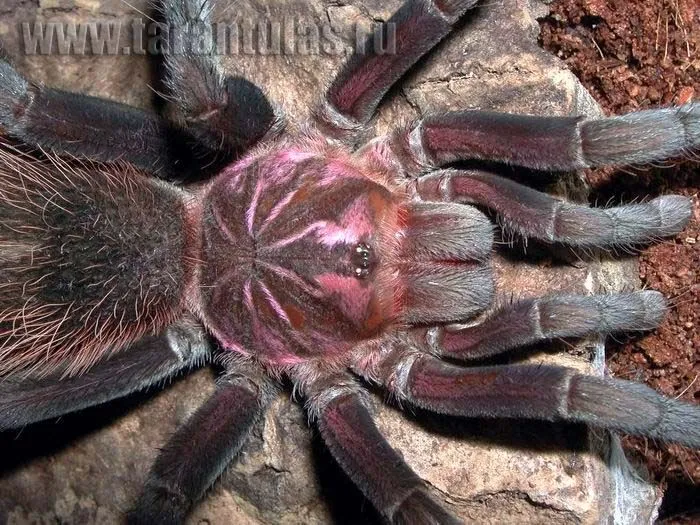
Several tools can make the feeding process easier and safer. You’ll need tongs, ideally long-handled ones, to safely handle live prey and to place it near the tarantula without risking a bite. A small container is useful for gut-loading prey insects. A shallow water dish is essential for providing fresh drinking water. A spray bottle is useful for maintaining humidity. You will also need a small container for discarding any uneaten prey. Finally, a feeding log can help you keep track of your feeding schedule and any observations about your tarantula’s behavior. These tools will ensure that you are well-equipped to manage the feeding of your Goliath Birdeater in a safe and efficient way.
The Feeding Process Step-by-Step
Here’s a step-by-step guide to feeding your Goliath Birdeater. Prepare the prey, Gut-load the insects. Then, ensure they are appropriately sized and healthy. Check the enclosure, Make sure the enclosure is clean and has the correct temperature and humidity. Introduce the prey, Carefully place the prey into the enclosure using tongs. Observe, Watch the tarantula for any feeding response. Remove uneaten prey, If the prey is not consumed within 24 hours, remove it. Maintain records, Keep a record of your feeding schedule and any observations about the tarantula’s behavior.
Tips for Successful Feeding
Successful feeding of your Goliath Birdeater requires more than just providing food; it requires understanding your tarantula and its needs. Ensure that your tarantula’s enclosure is set up correctly and maintains the right temperature and humidity levels. Observe the tarantula’s behavior. A tarantula that is about to molt might refuse food for several weeks. If your tarantula consistently refuses food, review your feeding schedule and prey types. Varying the prey can sometimes stimulate the appetite. Always be patient. Goliath Birdeaters can sometimes go for extended periods without eating, especially when they’re preparing to molt. If you have any concerns, consult with an experienced tarantula keeper or a veterinarian specializing in exotic pets.
Dealing with a Refusing Tarantula
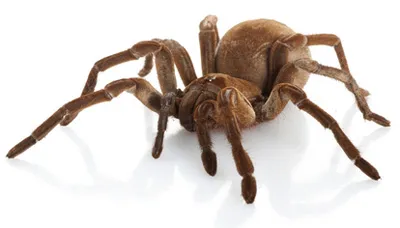
A Goliath Birdeater that refuses to eat can be concerning. Several factors might cause this behavior. A tarantula that is about to molt will often stop eating for weeks before and during the molting process. Ensure that the enclosure conditions are ideal. Temperature and humidity are critical and must be maintained at the correct levels. Check for any signs of stress, such as a lack of a hide or a too-small enclosure. Review your feeding schedule. Avoid offering food too frequently. Vary the prey. If you consistently offer crickets, try offering a different type of prey, such as cockroaches or a small pinky mouse, to stimulate its appetite. Observe your tarantula carefully. If it continues to refuse food, and there are no obvious reasons, consider consulting an experienced tarantula keeper.
Common Feeding Challenges and Solutions
Several challenges can arise during feeding and require appropriate solutions. One common challenge is prey escaping. Ensure your enclosure has a secure lid. Another is the tarantula refusing to eat. Carefully review the enclosure’s conditions, the feeding schedule, and the type of prey offered. Sometimes, the tarantula might not be in the mood to eat, which is okay. Overfeeding is another common issue. Stick to an appropriate feeding schedule, and carefully observe the tarantula’s abdomen. Always remove uneaten prey, and be careful of aggressive prey that could harm the tarantula. Dealing with a tarantula that has molting issues. Ensuring a proper environment, is important. These challenges require patience and knowledge, but with proper attention, you can address them and keep your Goliath Birdeater healthy.
Maintaining a Healthy Goliath Birdeater
Maintaining a healthy Goliath Birdeater involves multiple aspects of care. Proper feeding is the foundation, but other factors contribute as well. Providing a clean and appropriately sized enclosure is critical, as is maintaining the correct temperature and humidity levels. The tarantula’s habitat should be free from any hazards, such as sharp objects. Providing fresh, clean water is essential for hydration. Regularly inspect the tarantula for any signs of illness or injury. If you are unsure about any aspect of your tarantula’s health, consult an experienced tarantula keeper or a veterinarian specializing in exotic pets. A healthy Goliath Birdeater displays vibrant colors, a healthy appetite, and a willingness to move around its enclosure. By combining proper feeding with appropriate enclosure care, you can help your Goliath Birdeater thrive.
Importance of Proper Hydration
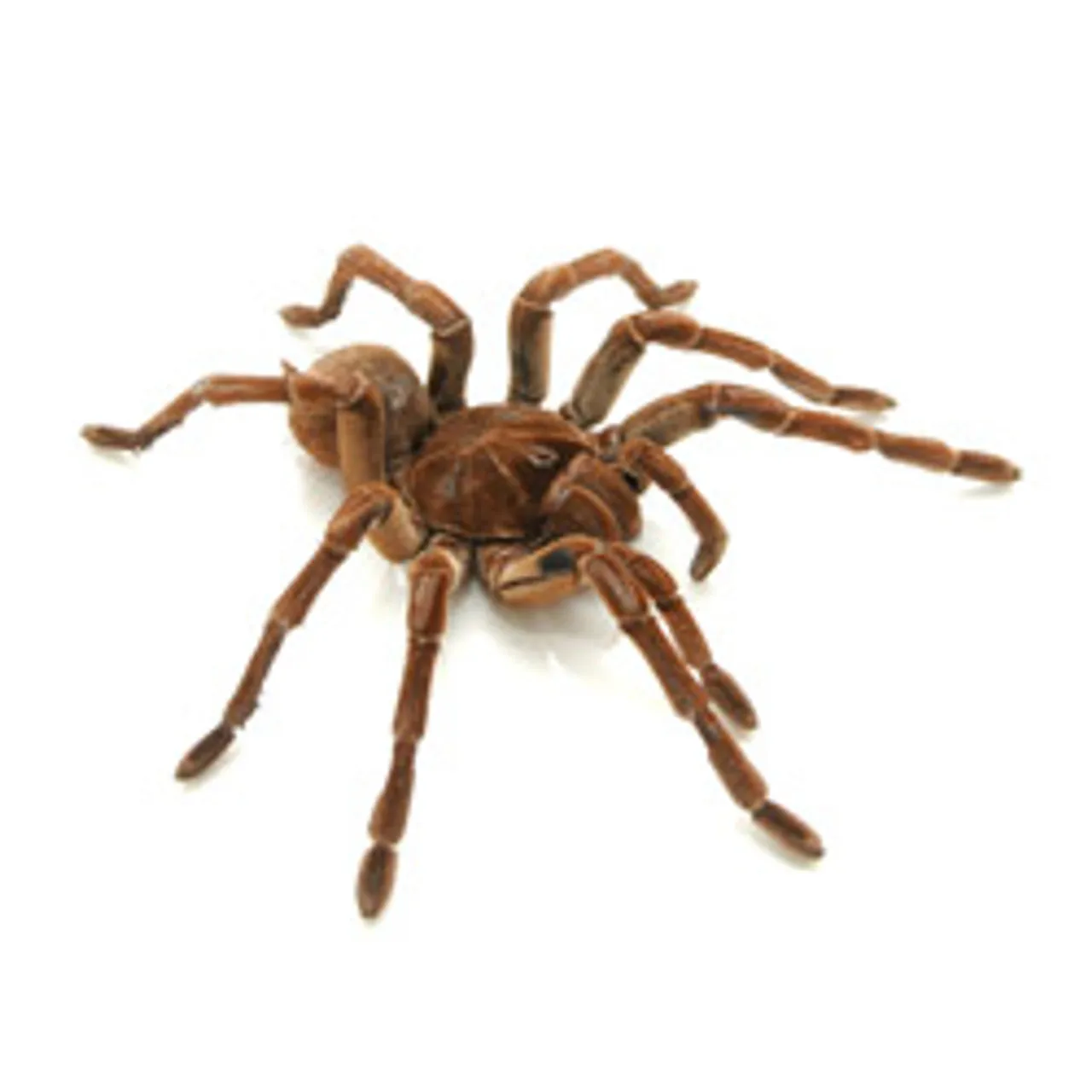
Proper hydration is as critical as feeding when caring for a Goliath Birdeater. They require access to fresh, clean water at all times. A shallow water dish is a standard fixture in a Goliath Birdeater’s enclosure, and it should be checked and refilled regularly. The water dish should be shallow enough to prevent drowning. The water dish can also help maintain proper humidity levels. In addition to providing a water dish, you should mist the enclosure occasionally to increase humidity. During molting, proper hydration is crucial. A well-hydrated tarantula will have an easier time shedding its exoskeleton. Always use dechlorinated water to avoid any harmful chemicals. If you live in an area with hard water, consider using bottled water. A properly hydrated Goliath Birdeater will have a fuller abdomen, and its overall appearance will be healthy.
Recognizing a Healthy Tarantula
Knowing how to recognize a healthy Goliath Birdeater is crucial for proper care. A healthy tarantula will exhibit specific characteristics. It will have a good appetite and readily consume offered prey. The abdomen should be a healthy size, not overly shrunken or bloated. The tarantula’s colors should be vibrant and true to its species. The tarantula should be active and move around its enclosure. The tarantula’s fangs should look intact. The presence of any parasites or external injuries will be a serious concern. A healthy Goliath Birdeater may also exhibit a defensive posture, which is typical behavior. If you notice any signs of illness or changes in behavior, isolate the tarantula and consult an experienced tarantula keeper or veterinarian.
Conclusion
Feeding a Goliath Birdeater tarantula is a rewarding experience, requiring knowledge, care, and dedication. By understanding their dietary needs, providing the right prey, and maintaining an appropriate environment, you can ensure your tarantula thrives. Always prioritize the health and well-being of your spider. Remember that patience and observation are vital when caring for these fascinating creatures. Enjoy the incredible journey of keeping and caring for the largest spider in the world! A well-cared-for Goliath Birdeater can be a source of fascination and joy for many years. With a good understanding of their needs and dedication, you will be well-equipped to give them the best life possible.
